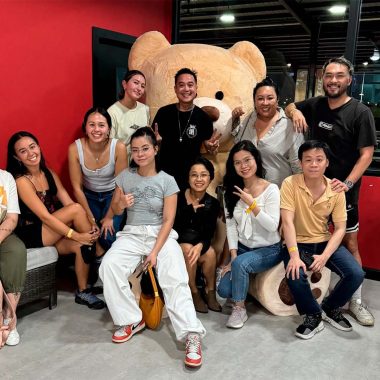Rethinking Transformation in a Disrupted World
Business transformation has never been more complex. Leaders today must steer through simultaneous disruptions—’non-linear competitor’, speed of technological evolution, skills shortage, margin and regulatory pressures, cultural shifts, and geopolitical uncertainty. Having spent over 25 years in financial services across Asia, Europe, and the Middle East, Ketan Samani has seen these challenges firsthand. His philosophy is simple but demanding: transformation must be in organisational DNA and continuous, not episodic. Success depends on agility, cultural intelligence, and relentless adaptation across markets.
Moving Beyond Static Business Planning
Traditional three-to-five-year planning cycles are obsolete. “Transformation is now a permanent state of being for business,” Samani argues. Leaders must track external disruptions, shifting workforce expectations, and strategic pivots in real time. The challenge is no longer about implementing phases of change—it’s about embedding adaptability directly into the operating model. Winning organizations will stop treating transformation as a project and start treating it as an ongoing discipline.
Innovation Must Match Market Context
Innovation cannot be applied with a one-size-fits-all lens. “In financial services, the balancing act is between evolution and disruption. But it must be tested by product, service, and market,” Samani explains. Consumers may resist sudden disruption, fearing risks to their assets. Corporate clients, by contrast, often hunger for faster, richer services. Leaders must segment carefully, test innovations with micro segments, and scale only when client adoption is proven. Agility in innovation isn’t about speed alone—it’s about alignment with consumer expectations.
Expanding Across Borders Requires Depth, Not Just Capital
Capital investment alone does not secure international success. “The best outcomes come from deep market study,” Samani emphasizes. Winning requires more than financial muscle—it requires unique offerings that cannot be replicated by competitors in short time. Local partnerships, distribution dynamics, and cultural adoption curves all matter. Without this depth, competitors quickly neutralize even well-funded entrants. Market expansion is not about replication—it’s about tailored creation.
Culture Over Regional Generalizations
Regional strategies often fail because they gloss over cultural nuance. “You cannot have broad brushstrokes, even within a single region,” Samani cautions. For example – a European model won’t necessarily resonate in Southeast Asia. Leaders must focus on three fundamentals: culture, customer needs, and value exchange. The litmus test is simple: are customers willing to pay for the value you deliver? Admiration for a foreign model does not equal adoption. Localized value creation must guide expansion strategies.
Balancing Evolution and Disruption in Financial Services
For legacy financial firms, the challenge is particularly acute. How do you innovate without destabilizing customer trust? Drawing on a tested framework, Samani describes transformation as having two tracks: evolutionary or disruptive. The right path depends on organizational readiness and customer context. “Sometimes money can accelerate change, but adoption is another matter,” he warns. The lesson: successful transformation requires not only investment but also empathy for staff, regulators, and clients alike.
The DNA of Sustainable Market Success
Breaking into new markets requires more than boldness. Deep market knowledge, stakeholder alignment, and regulatory goodwill are critical. “You create lasting success when regulators appreciate your presence, consumers see clear value, competitors envy your differentiation, and the economy itself benefits,” Samani notes. Expansion is most effective when multiple stakeholders gain—not when it is driven purely by corporate ambition.
Leadership in a Global Context
Having led across three continents, Samani distills his leadership philosophy into three imperatives:
- Culture first—understand and respect local values.
- Address real needs—competitor analysis and past performance are context that will not revel real consumer needs.
- Enable value exchange—ensure customers see and are willing to pay for the value created.
Global business leadership is not about imposing a model—it’s about co-creating with markets, adapting continuously, and leading transformation as an ongoing state.
Connect with Ketan Samani on LinkedIn to explore his perspectives on global transformation.








